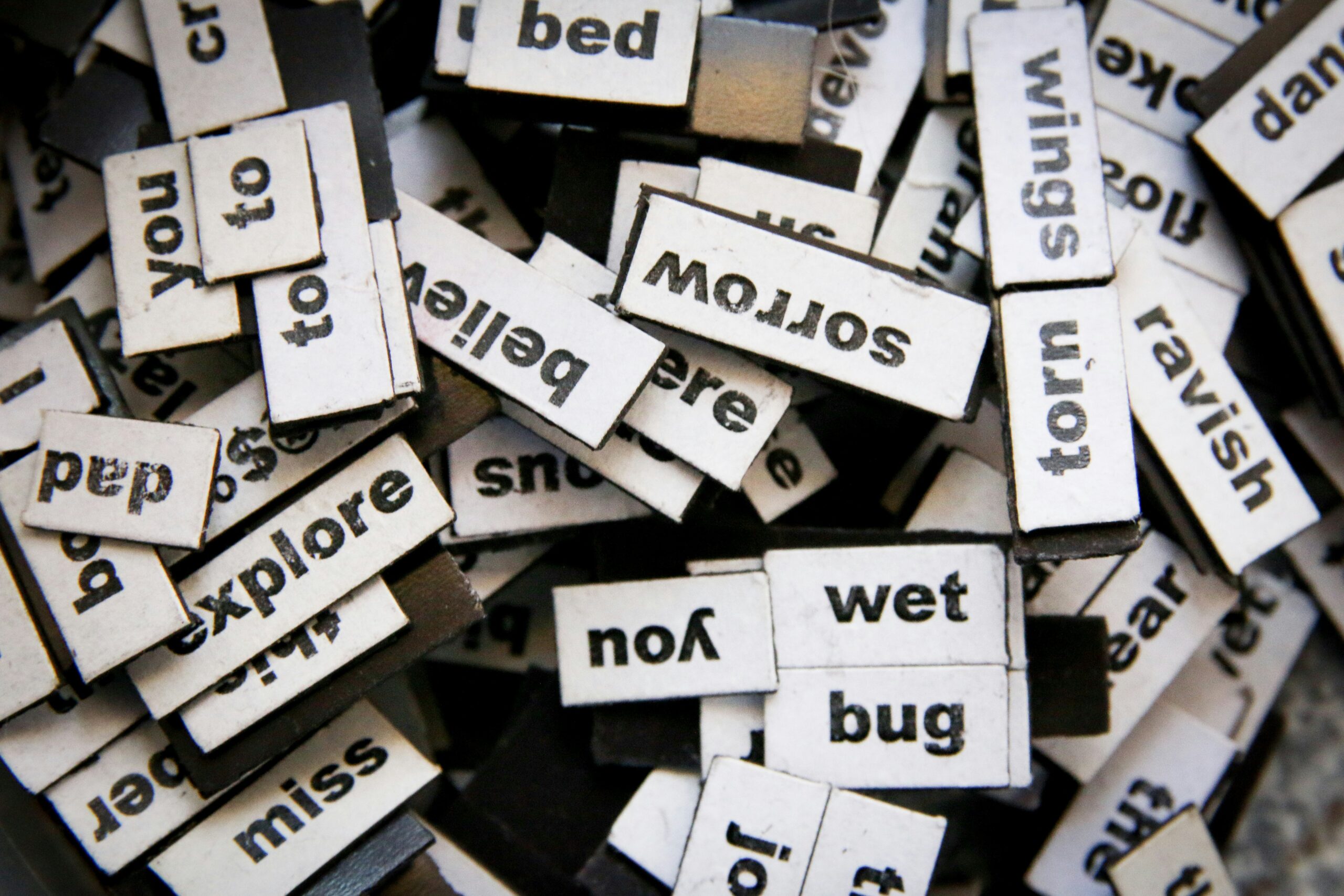“Ever tried teaching vocabulary to someone with dyslexia? It can feel like trying to fill a leaky bucket—no matter how hard you pour, the words keep slipping away. But what if there was an app for that?”
In this post, we’ll tackle the challenge head-on by diving into dyslexia-friendly vocabulary builder tools. You’ll learn why choosing the right app matters, which apps dominate the space, tips to maximize their benefits, and real-world success stories. Plus, we’ll sprinkle in some brutal honesty about common mistakes people make when using these apps.
Table of Contents
- Why Dyslexia-Friendly Vocabulary Builders Matter
- Step-by-Step Guide to Choosing the Right App
- Tips for Maximizing Dyslexia Apps
- Real Success Stories from Users
- FAQs About Vocabulary Builder Tools
Key Takeaways
- Dyslexia apps designed as vocabulary builders are game-changers for learning retention.
- Not all apps are created equal—choose ones that prioritize accessibility features.
- Consistency is key; daily practice amplifies results exponentially.
Why Dyslexia-Friendly Vocabulary Builders Matter
Let me tell you a story. A friend once recommended a popular flashcard app to help my cousin struggling with dyslexia build her vocabulary. The result? She spent two hours fighting through tiny text and glitchy navigation before giving up entirely. Frustrated, she muttered, “It’s like they didn’t design this for humans.”
Research shows that individuals with dyslexia process language differently, requiring tailored strategies for effective learning. And yet, many traditional tools fail to address these needs. This is where vocabulary builder apps step in—not just as aids but as lifelines for learners.

Understanding how dyslexic brains handle language makes clearer why specialized tools are essential.
Optimist You: “These apps sound amazing!”
Grumpy Me: “Only if they’re built well. Some are straight-up duds.”
Step-by-Step Guide to Choosing the Right App
Step 1: Identify Accessibility Features
Your first checkpoint? Look for apps offering adjustable font sizes, color overlays, and text-to-speech functionality. Apps without these basics aren’t worth your time.
Step 2: Evaluate User Experience
Navigate the interface yourself. Does it feel intuitive? Or does it resemble trying to fold fitted sheets—you know, near impossible?
Step 3: Check Reviews from Dyslexic Learners
Avoid relying solely on tech reviews. Seek feedback from actual users who have dyslexia. They’ll tell you if the app delivers—or flops.

An example of a clean, accessible app interface designed for dyslexic users.
Tips for Maximizing Dyslexia Apps
- Set Small Goals Daily: Consistent repetition trumps cramming every time.
- Mix Visuals with Text: Pair words with images or GIFs to reinforce memory connections.
- Use Audio Features Often: Listening while reading helps strengthen neural pathways.
- Avoid Multitasking: Focus only on one set of words during each session—don’t let TikTok notifications steal your flow.
Real Success Stories from Users
I recently spoke with Sarah, a high school student diagnosed with dyslexia at age 8. Her parents tried countless methods until stumbling upon a vocabulary builder app specifically designed for dyslexics. Within six months, Sarah boosted her SAT vocab score by over 40%. “I finally see myself succeeding,” she told me. “And it feels incredible.”
Another case involves Mark, a teacher who incorporated such apps into his classroom routine. His students reported increased confidence and engagement—a win-win!
FAQs About Vocabulary Builder Tools
Q: Are free versions of dyslexia apps effective?
A: Sometimes—but premium versions often include critical features like offline mode and advanced customization. Invest wisely.
Q: How long does it take to see improvement?
A: Progress varies, but most notice improvements within weeks of consistent use.
Q: Can adults benefit too?
A: Absolutely! Learning has no age limit. Adult learners rave about apps enhancing both work communication skills and personal growth.
Rant Section: The Terrible Tip That Doesn’t Work
Here’s something I hate hearing: “Just use generic educational apps—they’re good enough.” No, they’re not. Imagine handing someone peanut butter when they asked for pizza—it’s fundamentally wrong. Using non-dyslexia-focused apps wastes time and increases frustration. So please, stop pushing this advice.
Conclusion
We’ve covered everything from the importance of vocabulary builder apps to actionable steps for selecting and using them effectively. Remember, consistency paired with the right tool creates lasting change.
Closing thought? Like a Tamagotchi, your knowledge grows best with daily care—not occasional pokes. Now go forth, find your perfect app, and watch those vocab gains stack up.
And because I promised an Easter egg… Here’s a haiku:
Words bloom in our minds,
Each new term a tiny light,
Dyslexia fades.


